
A new survey examining the religion of Americans shows a growth in the number of Jews of no religion, compared to findings of the PEW survey of American Jews from four years ago. It also shows that the numbers of Jews claiming to be Reform and Conservative are declining while the number of those who identify with no denomination is on the rise.
The PRRI survey found that among the 2.3 percent of Americans who identify as Jews, about a third are “cultural Jews.” The study found that among those under age 30, fewer than half, 47 percent, identified as religiously Jewish while 53 percent are Jews of no religion (which this study calls “cultural Jews”).
The main part of the study deals with the general state of religion in America, naturally focusing on changes concerning Christian America. White Christians, once the dominant religious group in the U.S., the study tells us, “now account for fewer than half of all adults living in the country.” Moreover, “fewer than half of all states are majority white Christian.”
What follows is an attempt to explain some of the data concerning the Jewish community and the possible implications of it.
1.
The most dramatic finding of this study concerns the “Jews of no religion,” as PEW’s study, Portrait of Jewish Americans, referred to them in 2013.
PEW reported that 22 percent of all Jews are such people of “no religion.” Namely, Jews who do not respond to the question — What is your religion? — by saying Jewish, but do indicate in a follow-up question that they are Jewish in some other way.
The PRRI study indicates that the number of such Jews is rapidly growing. It calls these Jews “cultural Jews” and explains that 1.5 percent of Americans “identify as Jewish when responding to a question about their religious affiliation.” An additional 0.8 percent of Americans “identify as culturally but not religiously Jewish.” So about a third of all Jews are cultural Jews.
“Cultural Jews” are the PRRI study’s version of “Jews by no religion” from the PEW study. “To identify culturally affiliated Jews,” the PRRI study explains, “we asked all respondents who claimed no formal religious affiliation the following question: ‘Do you consider yourself to be Jewish for any reason?’ Any respondent who said ‘yes’ or ‘half’ was classified as culturally Jewish.” This methodology is practically identical to the one used by PEW to identify “Jews by no religion.”
So according to PRRI, about a third of all American Jews are people who have no specific answer when asked about their religion. What does this mean? A paper I wrote for JPPI a while ago argued that calling these Jews “cultural Jews” would be a wrong choice: “Jews ‘not by religion’ are not ‘cultural’ Jews, they are disconnected Jews,” I wrote, based on the clear-cut data from PEW.
Here is more from what I wrote three years ago:
There can be no doubt that the data point to the possibility that about a quarter of American Jews will find it much harder to pass on their Jewishness to the next generation (and the one after that). Those who reacted to the Pew survey have taken care — and rightly so — to emphasize that there are many exceptions in the Jewish story and that among “Jews not by religion,” too, there are those strongly committed to the Jewish people. The statistical picture, though, does not change because of anecdotal exceptions. The value of a comprehensive quantitative study is precisely that it allows us to adapt policy to large groups.
What changed from PEW to PRRI? I assume nothing much, except that now it is not “a quarter” of all American Jews — it is a third.
1a.
Or maybe something else changed.
Prof. Uzi Rebhun noted that according to PRRI the share of Jews in the U.S. slightly increased, from 2.2 percent (PEW) to 2.3 percent. So it is true that the share of Jews not by religion among the total Jewish population increased, according to PRRI, but so did the total number of (adult) Jews in the country (a 0.1 percent increase is equivalent to an absolute growth of some 250,000 people over a period of only three years).
Hence, we can make another assumption by way of interpreting the data: some Jews are, indeed, becoming less connected (cultural Jews), but at the same time there are also people who avoided identifying themselves as Jews in the past and now feel a need to identify as such and connect themselves, albeit weakly, to the Jewish people.
2.
The change is clear when PRRI examines the differences between age groups. “Among Jews under the age of 30, fewer than half (47 percent) identify as religiously Jewish, while a majority (53 percent) identify as culturally Jewish. In sharp contrast, more than three-quarters (78 percent) of Jewish seniors (age 65 or older) are religiously Jewish, while 22 percent identify as culturally Jewish.”
To understand what this means, I will refer you to another JPPI study, by my colleague Shlomo Fischer. When we spoke yesterday, Fischer reargued his case: this change reflects a change in what Jewishness means in America. For many Americans, it is no longer a defining feature of identity — it is an anecdotal fact of which they are proud (as the PEW study proved), but not much more than that.
“Jews of no religion,” he wrote, “accept their Jewishness as a matter of fact, like having blue eyes. It does not enjoin much of a sense of solidarity or any normative commitment to the welfare or continuity of the Jewish people or to Jewish culture.”
What changed? In the PEW study, Millennial Jews (born after 1980) of no religion were 32 percent. In the PRRI study, Jews of no religion under 30 are 53 percent. So nothing changed, except the even higher numbers. These numbers present the organized Jewish community with a challenge of abandonment that is not even close to being resolved.
3.
Denominational belonging of the Jews is always a topic of discussion, and the new study presents us with a question. Its denominational portrait is significantly different from the one presented four years ago by the PEW Research Center. The main question we need to ask as we look at the numbers is as follows: is this a result of a different survey methodology and articulation of questions — or the result of rapid changes in the community (of course, the same question should also be asked about Jews of no religion).
If the latter is the correct answer — if what we see here is rapid change — there are more worrying signs in this study for the two main Jewish progressive movements, Reform and Conservative. Reform Judaism still tops all other denominations in numbers, but the gap is shrinking. Seven points down in four years is significant. Conservative Judaism is also continuing to shrink. It is now not much larger than Orthodox Judaism.
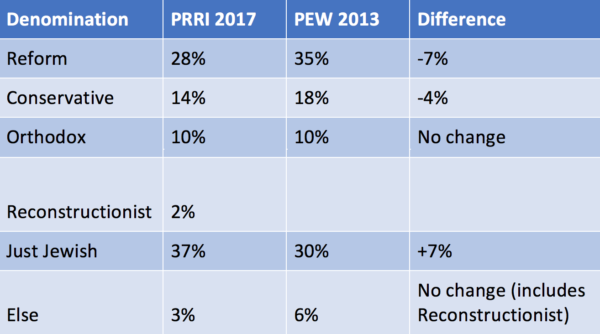
4.
When we look at denominational questions, age is again the key to understanding the trends. To make it easy, here is a table of how Jews older than 65 define themselves and how Jews aged 18 to 29 define themselves. Note how among young Jews the Orthodox group has already surpassed the Conservative group and is getting close to the Reform group. Also note that close to half of all younger Jews do not belong to any denomination.
“Jewish seniors are about 10 times as likely to identify as Reform as they are to identify as Orthodox (35 percent vs. 3 percent, respectively).” Among Jewish youngsters, the difference is just 5 percent. Three Orthodox for every four Reform.

Where is this going? Easy: “More than six in ten (62 percent) Orthodox Jewish parents say they have at least three children living in their household, compared to 17 percent of Jewish parents who identify as Reform who say the same.”
5.
The study is based on interviews with more than 100,000 Americans. Most of them are not Jewish. But changes among them will have a huge impact on America, and hence on Jewish America — and also on Israel. One such important change is the decline of white evangelist America. “Fewer than one in five (17 percent) Americans are white evangelical Protestant, but they accounted for nearly one-quarter (23 percent) in 2006.”
This group is one of the most supportive of Israel in the U.S. and is considered by some right-wing Israelis to be even more important than the Jews of America when it comes to backing its security and strategic needs.
But as Israel ponders its future relations with America, as it worries about trends concerning American Jews, and about trends concerning the American left, it ought to also consider these larger changes that could reduce the influence of evangelical whites (in the shorter term: 35% of all Republicans, more than a third, identify as white evangelical Protestants).







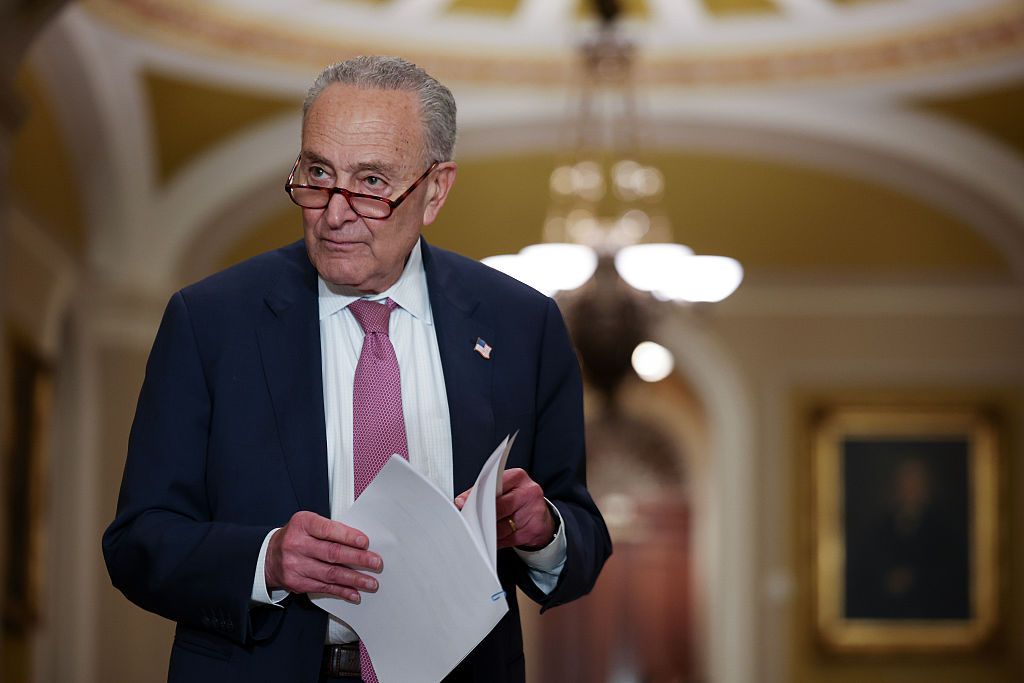

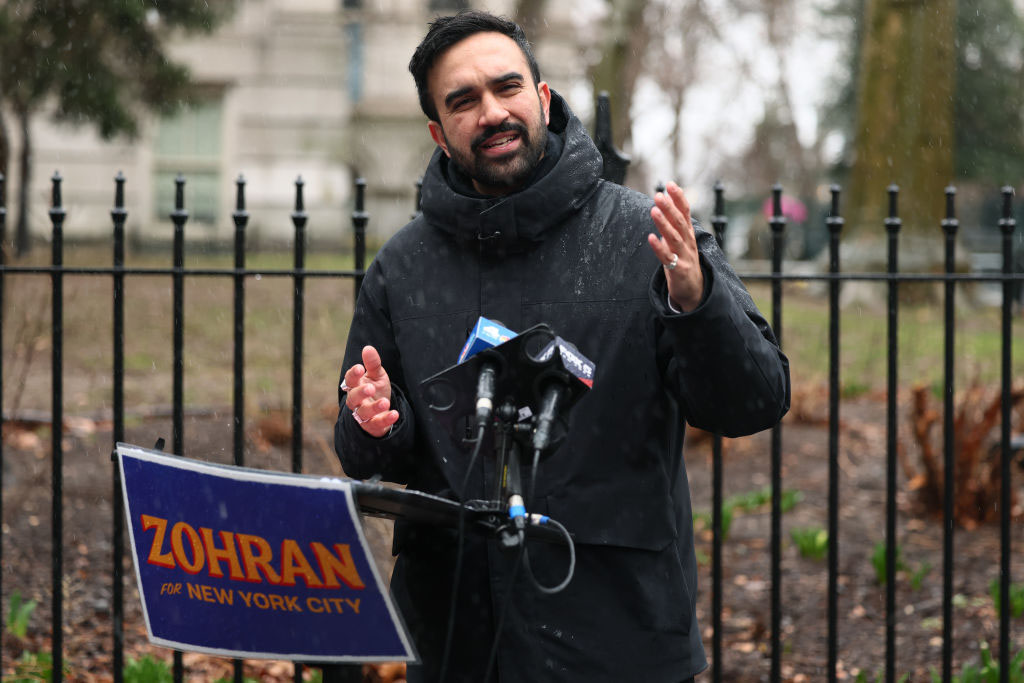












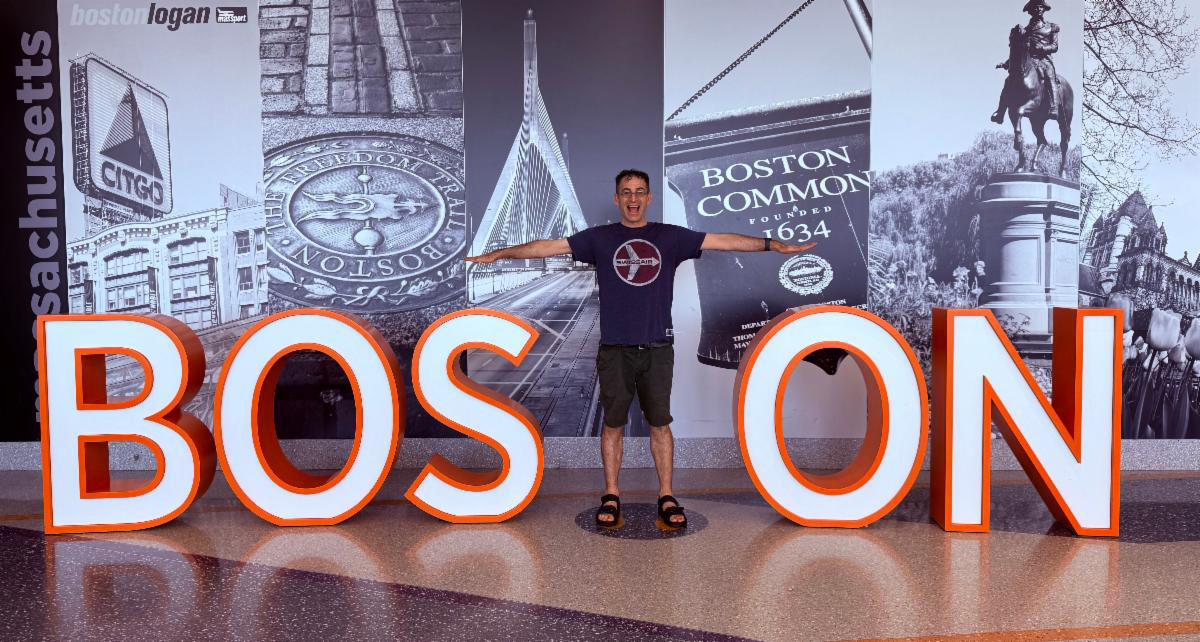
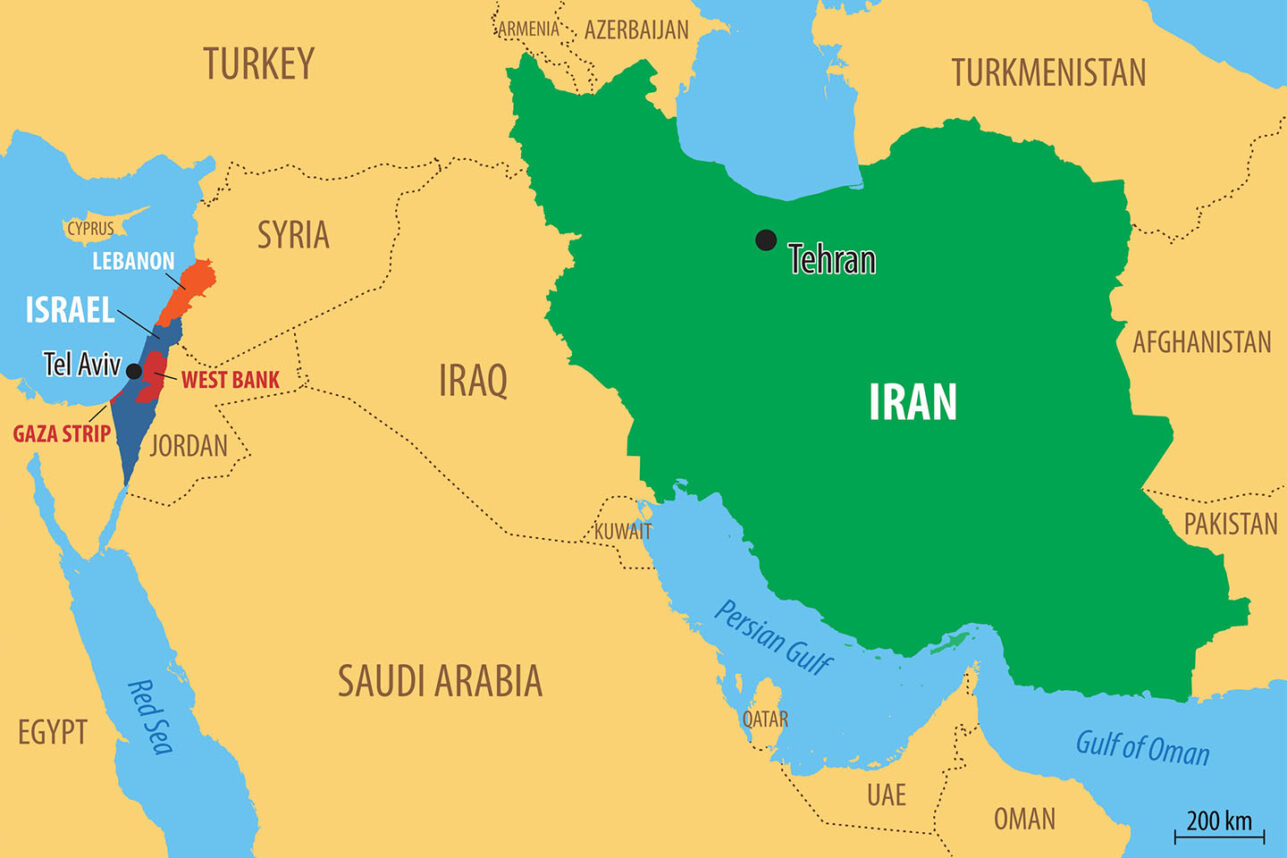
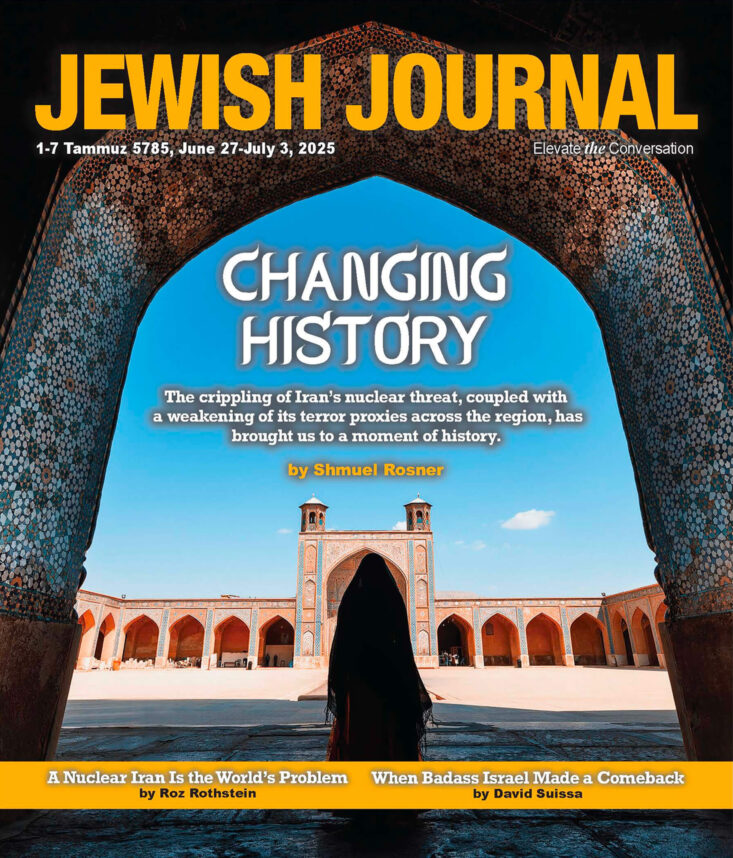

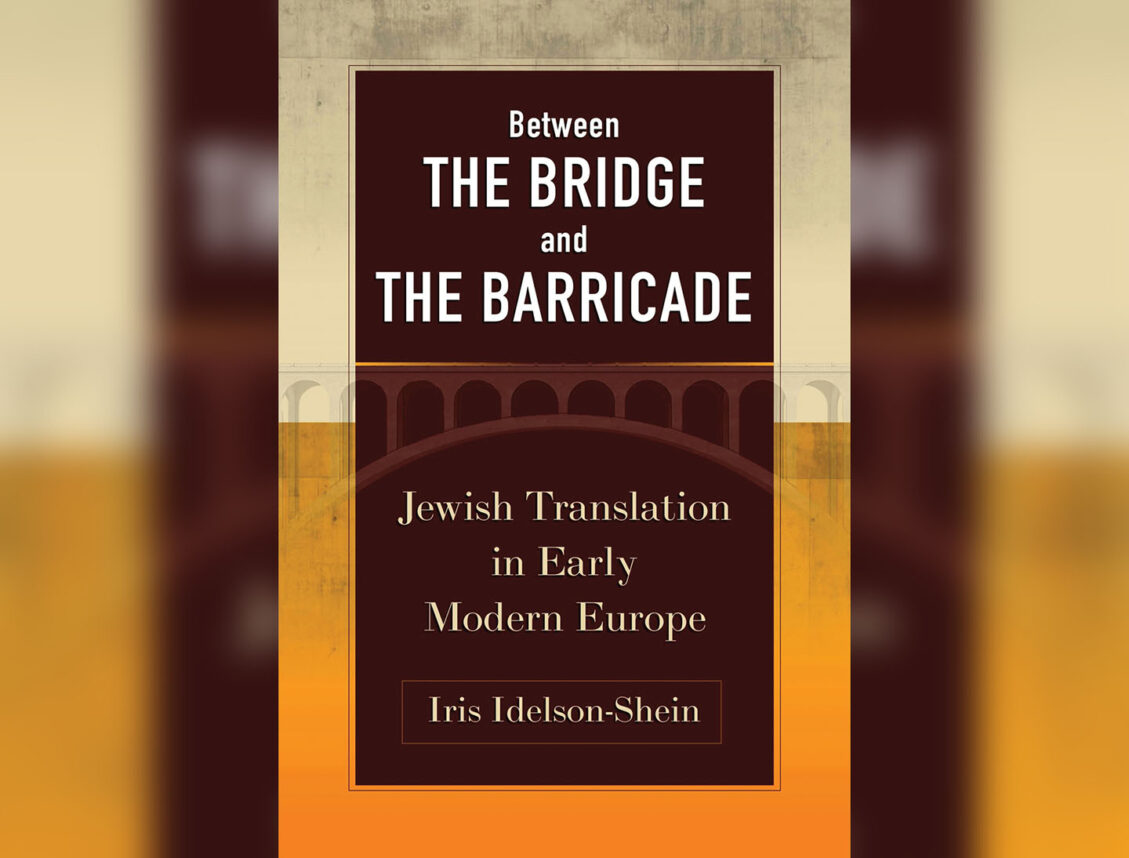

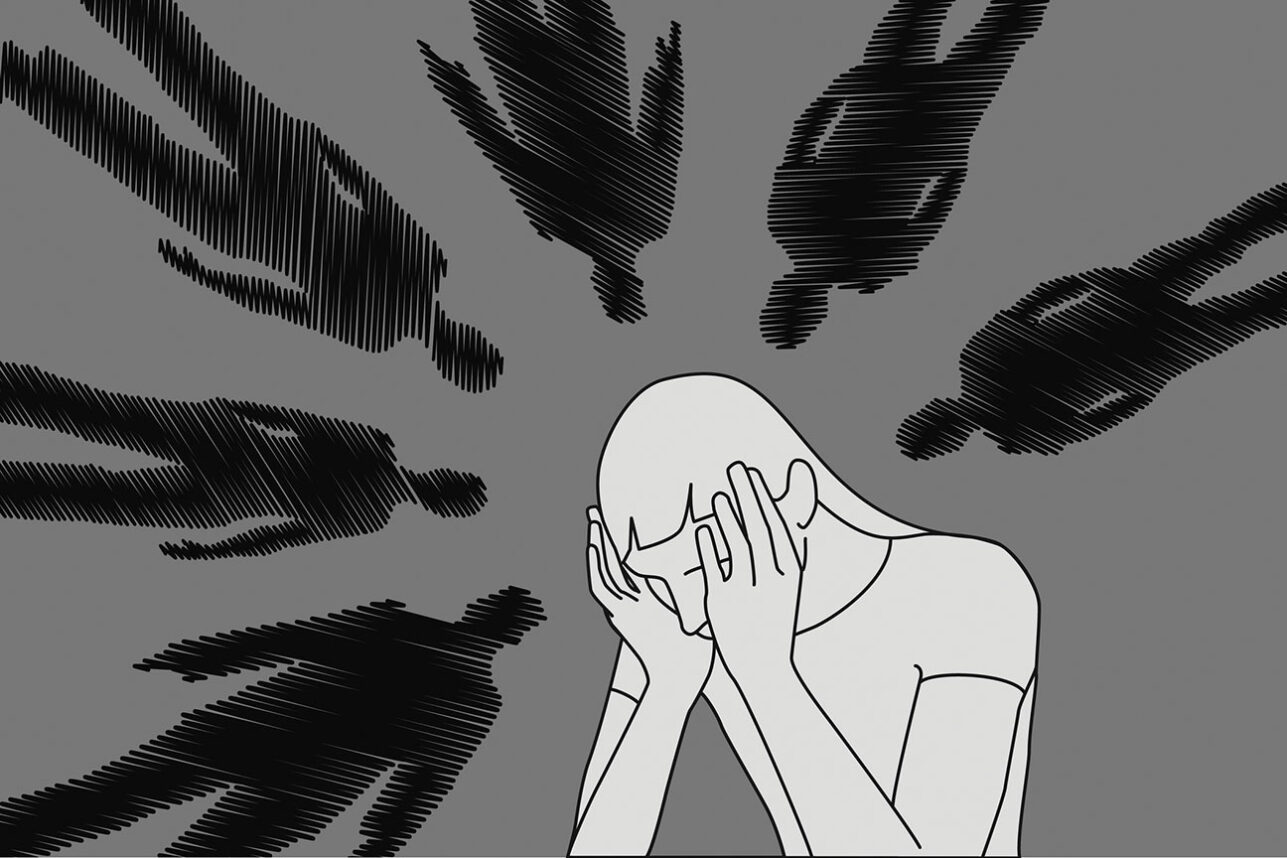
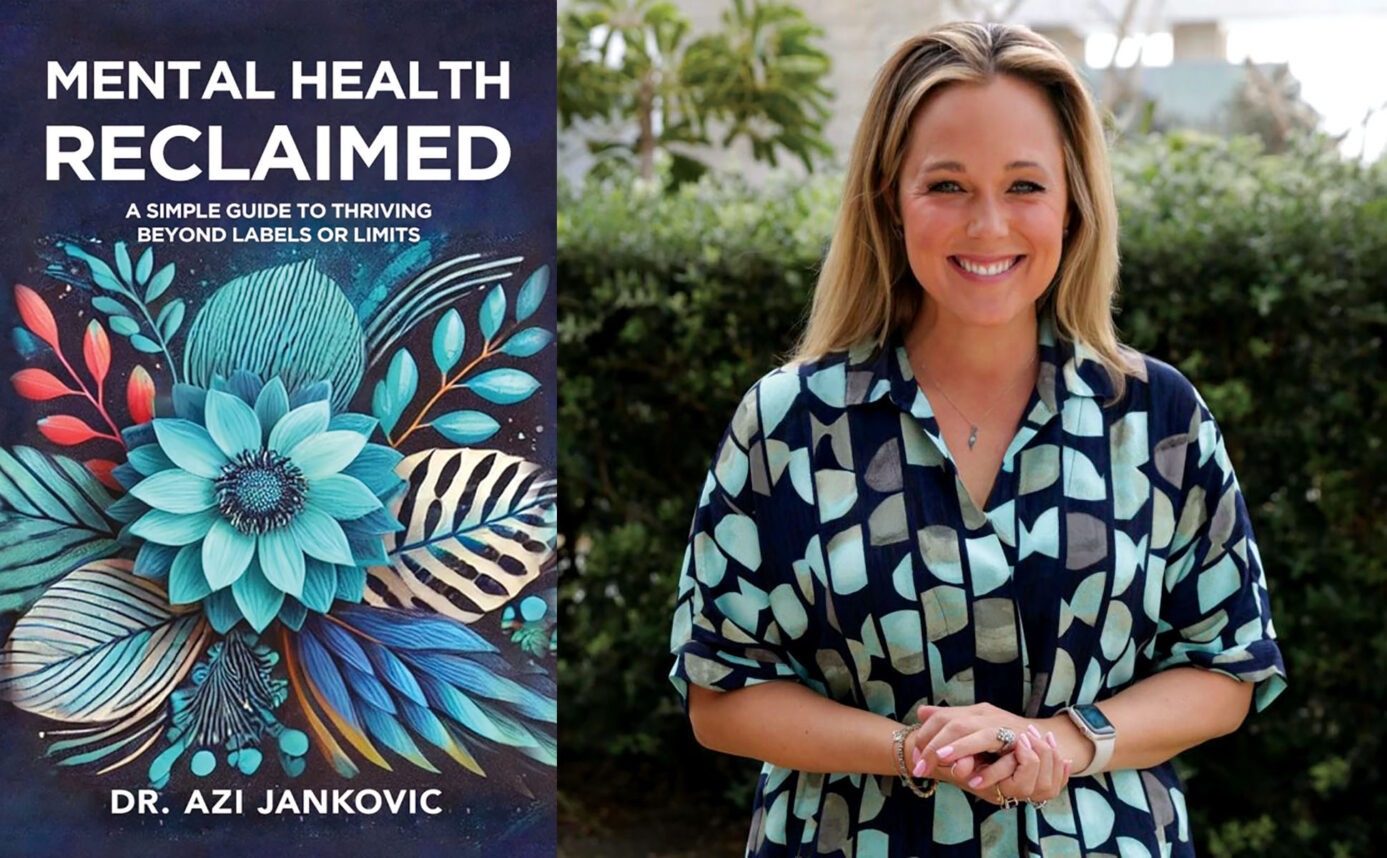
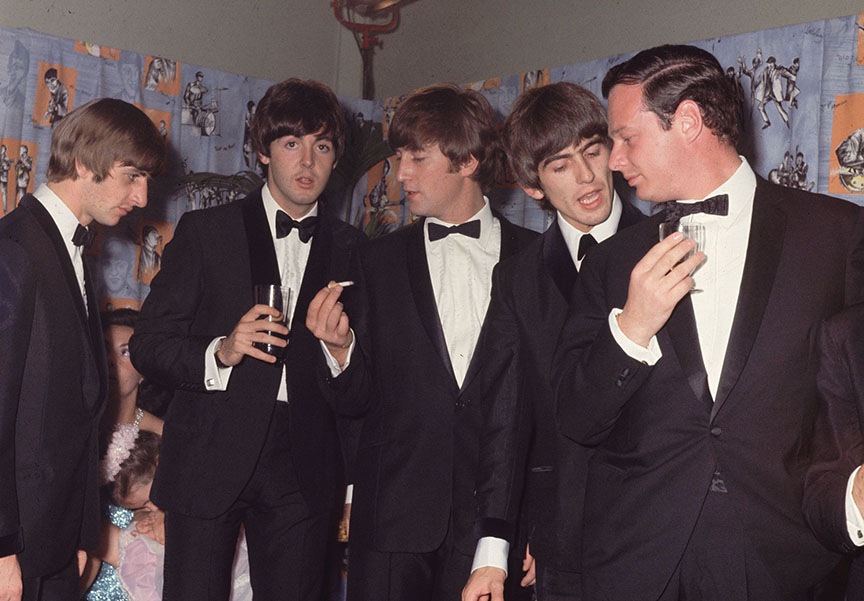



 More news and opinions than at a Shabbat dinner, right in your inbox.
More news and opinions than at a Shabbat dinner, right in your inbox.